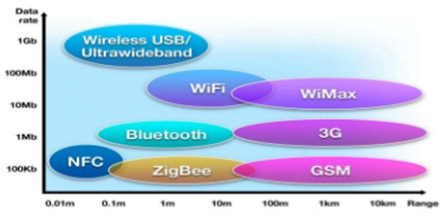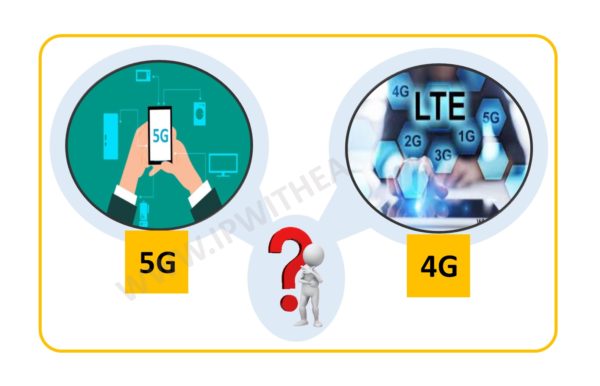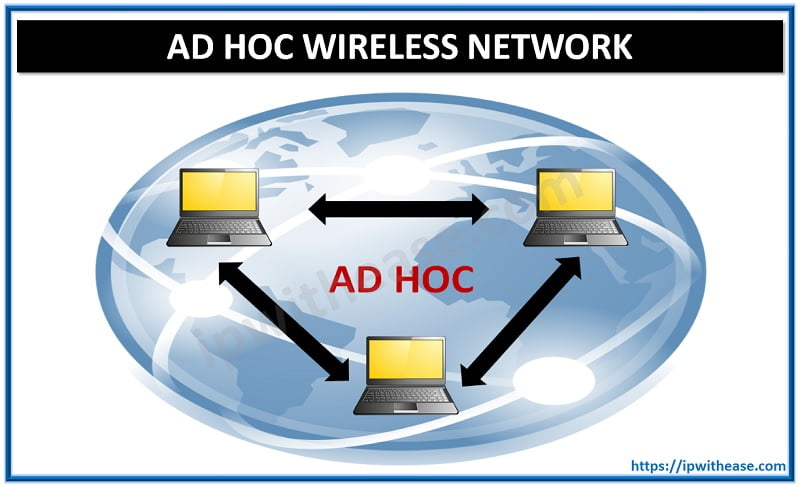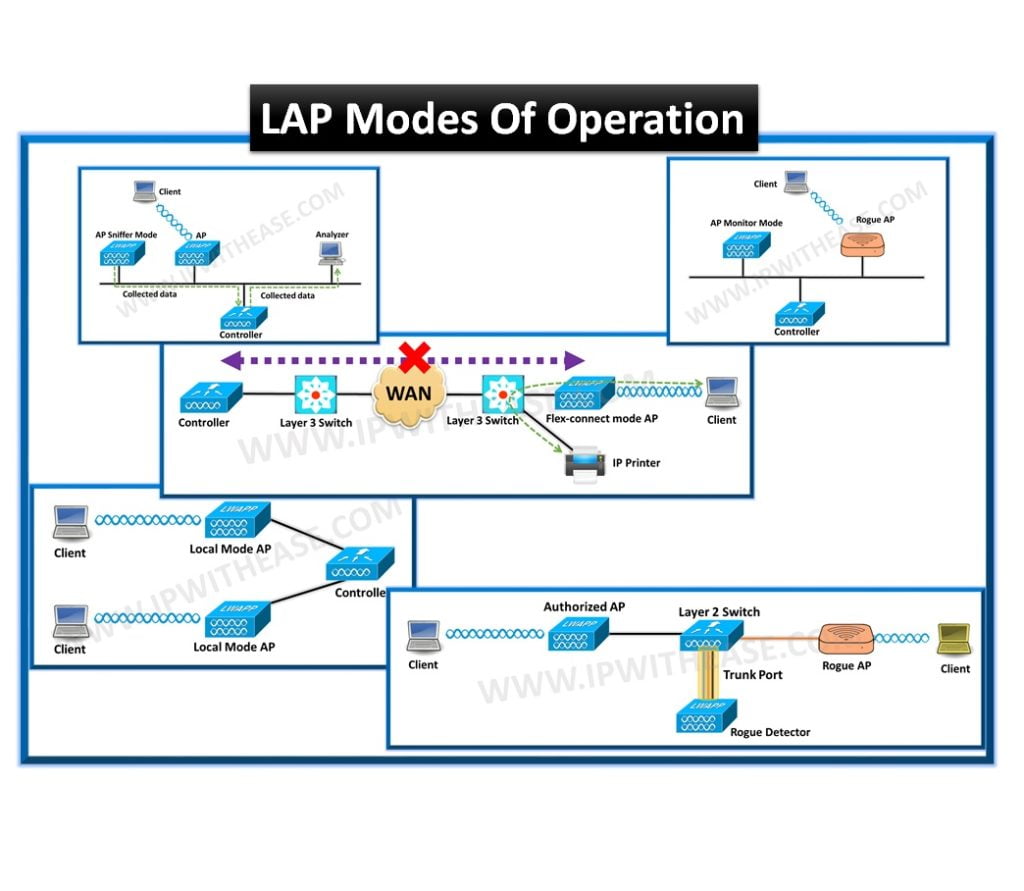Introduction to NFC
NFC or Near Field Communication provides secure communication to all users. It promotes the transfer of data through safe channels as well as the encryption of sensitive information. In simple words, NFC is a method of wireless data transfer when devices are in close proximity to communicate without the need for an internet connection. The communication
- Works automatically
- Easy to use
- Provides fast data transmission
NFC is a standards-based technology secure two-way interactions between electronic devices. NFC near field communication provides contactless communication up to distances of centimeters. In this way there communications are inherently more secure because devices normally only come into contact and hence communication when the user intends this.
NFC is a form of RFID, but it has a specific set of standards governing its operation, interface, etc. This means that NFC equipment, and elements from a variety of manufacturers can be used together.
NFC Usage
NFC technology is leveraged across variety of applications which are enlisted below –
- Mobile phones and PDAs, etc.
- Personal computers and Laptops
- POS machines
- Parking meters
- Vending machines
- ATMs
- Applications in Hotels, offices and homes e.g. access doors etc.
NFC does peer-to-peer communication and speeds up max to 424 Kbps. The below diagram shows how NFC stands on data Rate and distance graph in terms of peer to peer communication. Also shown are other Wireless/radio technologies in comparison to other completive technologies in market.
Some abstracts on NFC technology comparison to other communication technologies in market –
- Bluetooth: Although both Bluetooth and NFC can be used to transfer data, Bluetooth has been designed to transfer data over much greater distances. NFC is designed to be close proximity only.
- Wi-Fi / IEEE 802.11: Wi-Fi is designed for local area networks, and is not a short range peer to peer technology.
- RFID: Although RFID is very similar to NFC in many respects, RFID is a much broader technology. NFC is a specific case which is defined by standards enabling it to be interoperable.
Benefits of NFC for Business & Public
Employee’s Communication and real time updates
NFC is an extremely effective way of improving two way communications between managers and their staff in the field. Whenever a field operative touches an NFC tag with their mobile phone the operational management team receive an instant and verifiable confirmation of the location of field staff. Field staff can benefit from automated reporting, which saves time and improves accuracy. NFC technology lets businesses operate and respond in real time.
When an NFC tag is touched by a mobile phone, notification is sent in seconds, so operations managers always know exactly where their field personnel are, and what they are doing. NFC allows businesses to streamline the way people work at, and report from, remote locations. It also allows field based personnel to focus on what they do best, whilst managers benefit from greater visibility in field operations.
Improves Customer Service Experience
Taking the hassle out of paying at the store seems to be NFC’s driving force. Creating faster, more efficient ways to get through the checkout line is a goal of any company, and NFC card readers offer this service to customers. In addition to payment systems, NFC can be used to help customers find information. By placing NFC tags in product displays, a customer can wave his smartphone over it to learn more about a product or service that catches his interest.
In addition to cutting down on wait times — something every customer appreciates — NFC would allow customers to pre-load coupons into their smartphone or collect store reward points automatically. Having everything in one place means a customer never misses an opportunity for savings because he forgot a coupon or his rewards card at home. Cashiers no longer have to scan separate coupons or type in complex discounts, thus cutting customer wait time down even further.
Whether you work at a large corporation, run a small business, or fund a non-profit organization, NFC technology has several benefits that can help you with time management, employee tracking, and customer satisfaction. Data reporting by field operations staff becomes faster, more efficient and more accurate.
Contactless Payments
The most well-known use of NFC technology is for contactless payment. Customers can swipe their smartphone over a card reader to make a purchase without fumbling through credit and debit cards or counting out cash. This technology allows the customer to load multiple cards and choose which one they wish to use for each transaction. Not only does this save time, but it also reduces the chances of losing a credit card that comes with carrying multiple cards around.
Information Sharing
From posters to museum displays to library books, an NFC tag can hold information that a user can then swipe their phone over to read. NFC tags are used to transmit information about famous artworks or display personalized student schedules and current event updates.
Transportation
NFC works with most contactless smart cards and readers, meaning it could easily be integrated into the public transit payment systems in cities that already use a smart card swipe .Swiping a smartphone not only allows the passenger access to the subway but also keeps track of the number of trips he has left. Passengers can come and go much faster and easily pay for extra trips.
Health Care
As advances in medicine and technology increase, the focus is on creating better healthcare systems. With NFC technology, hospitals can better track patient information and doctors’ notes in real-time. There will be an increase in the demand for data transfer between devices which are present outside the body (In Vitro) and inside the body (In Vivo). NFC becomes the natural choice for wireless communicating between two medical devices considering secure communication channel.
Social Networking
Social networking is booming, and NFC tags are looking to get in on the action. From swiping a smartphone to check in at a location to bumping phones with a new friend to exchange contact information, NFC allows users to interact with each other and update their location and other info without any unnecessary log-ins or tapping through menu screens.
Continue Reading:
LiFi vs WiFi – Detailed Comparison
2.4 GHz vs 5 GHz: Which Wi-Fi should I use?
ABOUT THE AUTHOR

You can learn more about her on her linkedin profile – Rashmi Bhardwaj




